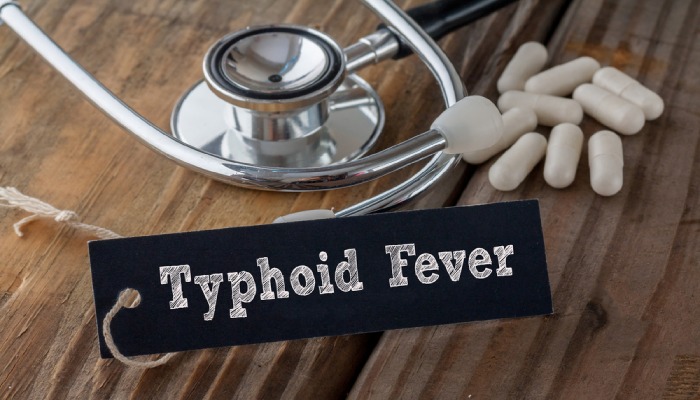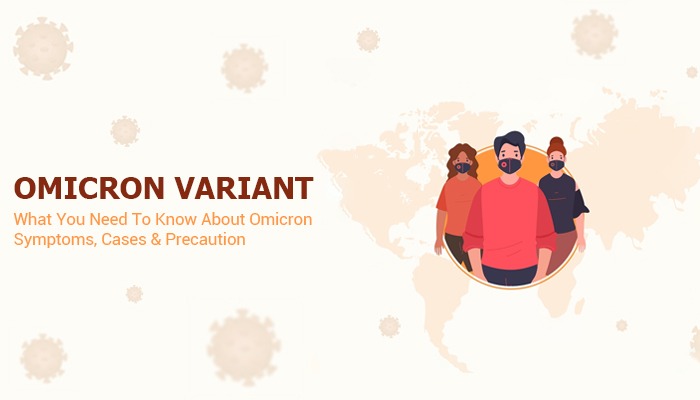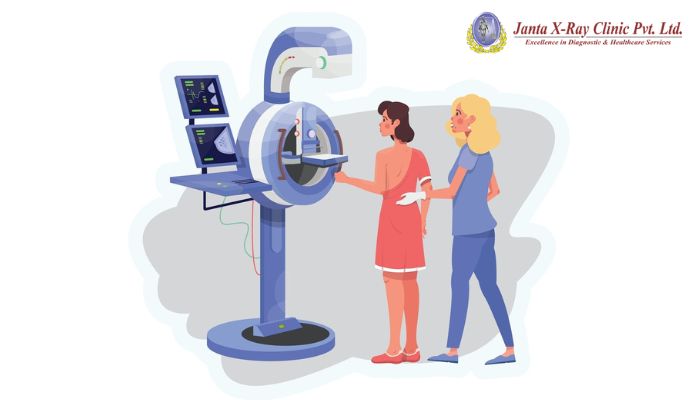What is Typhoid: Symptoms, Cause, Treatment and Prevention

Typhoid fever, vomiting and diarrhoea are the common symptoms of a bacterial infection known as typhoid. It has the potential to be deadly and it is caused by Salmonella Typhi. The virus is spread mostly through contaminated food and water, and it is more common in areas where hand-washing is not practiced. It can also spread by carriers who are unaware of carrying the bacterium.
What is Typhoid?
Typhoid is an infection that is caused by a bacterium known as Salmonella Typhimurium. This bacterium lives in our intestine and the bloodstream. It mainly starts spreading among the individuals by direct contact with the faecal matter of an already infected person.
Since animals cannot carry this disease, transmission is only possible from one human to another. If this condition is left untreated, one out of five cases can prove to be fatal. If typhoid treatment is done properly, then less than four cases out of a hundred could be fatal. Salmonella Typhi enters through our mouth, and it stays in the intestine for about one to three weeks. Then, it makes its way through the wall of the intestine and the bloodstream.
It spreads to various tissues and organs through the bloodstream. Because S. Typhi may survive within the host's cells, unnoticed by the immune system, the host's immune system has limited ability to fight back. The presence of S. Typhi in stool, blood, urine, or bone marrow samples is used to diagnose typhoid.
Also Read: 10 Immune Booster Superfoods
Causes of Typhoid
Salmonella Typhi, a hazardous pathogen, causes typhoid fever. The bacteria that cause salmonellosis, another deadly intestinal infection, are related to Salmonella Typhi, but they are not the same. The cause of typhoid could be the following.
- Faecal-oral Transmission Route
The majority of persons in developed countries contract typhoid bacteria while travelling. Once infected, they can transfer the disease to others via the faecal-oral route. This is one of the major typhoid fever causes.
It means that an infected person passes Salmonella Typhi in their stools and sometimes through their urine. You can become infected if you eat food that has been handled by someone who has typhoid fever and hasn't cleaned their hands thoroughly after using the restroom. The bacterium is also transferred either by contaminated food or through direct contact with an infected person.
- Typhoid Carriers
A small percentage of people who recover from typhoid fever may carry the bacterium even after getting treated by antibiotic therapy. These persons are classified as chronic carriers since they no longer show indications or symptoms of the disease. They do, however, still release the bacteria in the faeces, infect others and hence can be a cause of typhoid.
Typhoid Symptoms
In most cases, the incubation period is about 1-2 weeks, and the disease may last for 3-4 weeks. Among the signs and typhoid fever symptoms are:
- Poor appetite
- Generalised aches and pains
- Headaches
- Lethargy
- High fever
- Diarrhoea
A lot of people complain about chest congestion, abdominal pain and discomfort. The fever continues to rise. After getting better for about one-two weeks, over 10% of persons experience recurrence symptoms. Patients treated with antibiotics are more likely to experience relapses.
Typhoid Diagnosis & Tests
Salmonella bacteria attack the small intestine and enter the bloodstream after consuming infected food or drink. The bacteria are transported to the liver, spleen, and bone marrow by white blood cells, where they multiply and re-enter the bloodstream. At this point, people begin to experience typhoid symptoms, including fever.
Bacteria can infiltrate the biliary system, gallbladder, and bowel lymphatic tissue. They increase in large numbers here. The bacterium enters the intestines and can be detected in stool tests. If a test result isn't clear, blood or urine samples will be collected to determine the cause of the problem.
- Medical And Travel History
Based on your typhoid fever symptoms and medical and travel history, your doctor is likely to suspect typhoid fever. Salmonella Typhi is usually identified in a culture of your blood, other body fluids, or tissue to confirm the diagnosis.
- Body Fluid Or Tissue Culture
A little sample of your stool, blood, urine, or bone marrow is placed on a specific medium that promotes bacterial growth for the culture. The presence of typhoid germs is examined in the culture under a microscope. The most sensitive test for Salmonella Typhi is often a bone marrow culture.
Although a culture test is the most common diagnostic test, other tests, such as a test to identify antibodies to typhoid bacteria in your blood or a test to search for typhoid DNA in your blood, may be used to confirm a suspected typhoid fever infection.
Typhoid Test
Following are the common typhoid test performed to diagnose typhoid fever.
- IgM
S.Typhi-specific IgM antibodies can be identified as early as 2-3 days after the onset of symptoms and act as a marker for recent infection.
- Blood Symptoms
Typhoid fever is diagnosed in the lab by isolating and identifying Salmonella enterica serotype Typhi. The gold standard for diagnosing typhoid is a blood culture, which should be done within a week after the onset of symptoms. The findings of many blood cultures with higher sample volumes are always better.
- Real-Time PCR
PCR is a molecular test for typhoid fever that should be done during the first five days. Suburban Diagnostics' FD-5, or Fever Detect 5 in 1, is a PCR-based test that can detect five prevalent monsoon fevers from a single blood sample: Dengue, Leptospirosis, Malaria, Chikungunya, and Typhoid.
- Widal Test
The Widal test for typhoid fever, developed in the late 1800s and is simple and affordable, should not be used for diagnosis because of cross-reactivity with other pathogenic agents. As a result, Widal is now regarded an outmoded typhoid test.
Typhoid Treatment
Antibiotics are used to treat typhoid fever because they kill the Salmonella bacteria. The fatality rate was 20
Disclaimer: The information on this website should not be used as a substitute for professional medical care or advice. Contact a health expert if you have questions about your health.




2.jpg)



.png)
.jpg)


.png)

Comments List